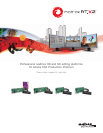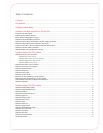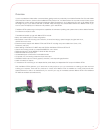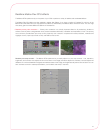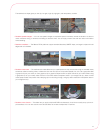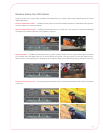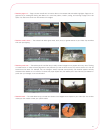
Scalable system design
Your particular workflow requirements and budget will determine the specific components you should choose when designing
your Matrox RT.X2 editing system. If your budget allows, you can combine a top-of-the-line computer system, the fastest GPU,
and the largest, most robust storage subsystem to get the absolute maximum number of realtime layers and effects, in all cases.
If your budget is more modest, there are many tradeoffs you can make to design an editing system that will give you maximum
performance to do exactly what you need to do on a daily basis.
The Matrox RT.X2 platforms rely on the power of your CPU to perform Matrox Flex CPU effects and to decode and encode
compressed video streams such as HDV and DV. They rely on the power of the GPU (Graphics Processing Unit) in your system
to process Matrox Flex GPU effects. Note that what we refer to here as a GPU has various other names that may be more
familiar to you, such as display card, graphics card, or VGA adapter. The type and size of storage you require depends largely
on the video formats you are using and the number of hours of video you need to maintain online. Understanding your various
options in each category will help you design the most economical system for your needs.
We continuously validate computers, motherboards, display cards, and storage subsystems and provide guidelines to enable
you to make an informed choice as you choose the components for your own Matrox RT.X2 editing system or work with your
Matrox RT.X2 dealer to specify a turnkey system.
Please visit the support section of our website for up-to-date information.
6



